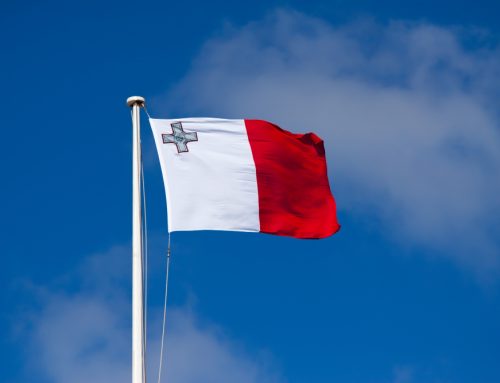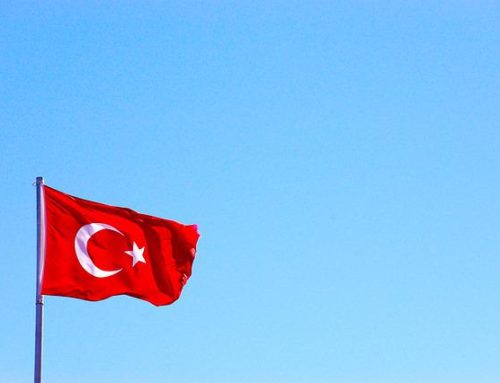September 18, 2023
The Netherlands is the world’s largest importer of solar panels, according to the statistics office CBS – although around 60% are re-exported, mainly to other EU countries.
Last year, some €12 billion worth of solar panels entered the country, €2 billion more than the world’s number two importer, the United States. Brazil, Germany and Spain make up the top five.
The majority of the solar panels – worth €10.5 billion euros or 89% of the total – come from China, where many of the materials needed for solar panels are found, including gallium, magnesium, silicon, germanium, graphite and rare earth metals.
China accounts for at least 65% of world production for each of those critical materials, including 98% of the world’s gallium.
Compared to 2021, the Dutch import value of solar panels more than doubled in 2022, as the price of solar panels rose due to high demand.
This can be attributed partly to the war in Ukraine, which has led to sky-high gas and electricity prices and prompted people to seek out more sustainable alternatives.
Solar power leaders
The Netherlands also generated the biggest share of electricity via solar power per capita in the EU in 2022, accounting for some 14% – slightly more than Spain – and had the highest number of installed solar panels of the 27 nations.
Figures show that in 2021, there were about 48 million solar panels in the Netherlands, and the Netherlands Enterprise Agency says about 10
million panels were added last year.
The CBS concludes that China is important for the Netherlands’ green transition. It’s not only the largest supplier of solar panels in the world, but also of other transition products that are crucial for the planet’s green evolution.
China plays a major role in extracting and then processing critical materials into end products. For example, China is a major producer of lithium-ion batteries, an essential component of electric cars, and also produces magnets used in electric cars and wind turbines.
The Chinese share of Dutch imports of these transitional goods is largest for solar panels (89 percent), followed by lithium-ion batteries (74 percent) and magnets (68 percent).
Source: DutchNews.nl
Legal Notice: The information in this article is intended for information purposes only. It is not intended for professional information purposes specific to a person or an institution. Every institution has different requirements because of its own circumstances even though they bear a resemblance to each other. Consequently, it is your interest to consult on an expert before taking a decision based on information stated in this article and putting into practice. Neither Karen Audit nor related person or institutions are not responsible for any damages or losses that might occur in consequence of the use of the information in this article by private or formal, real or legal person and institutions.






